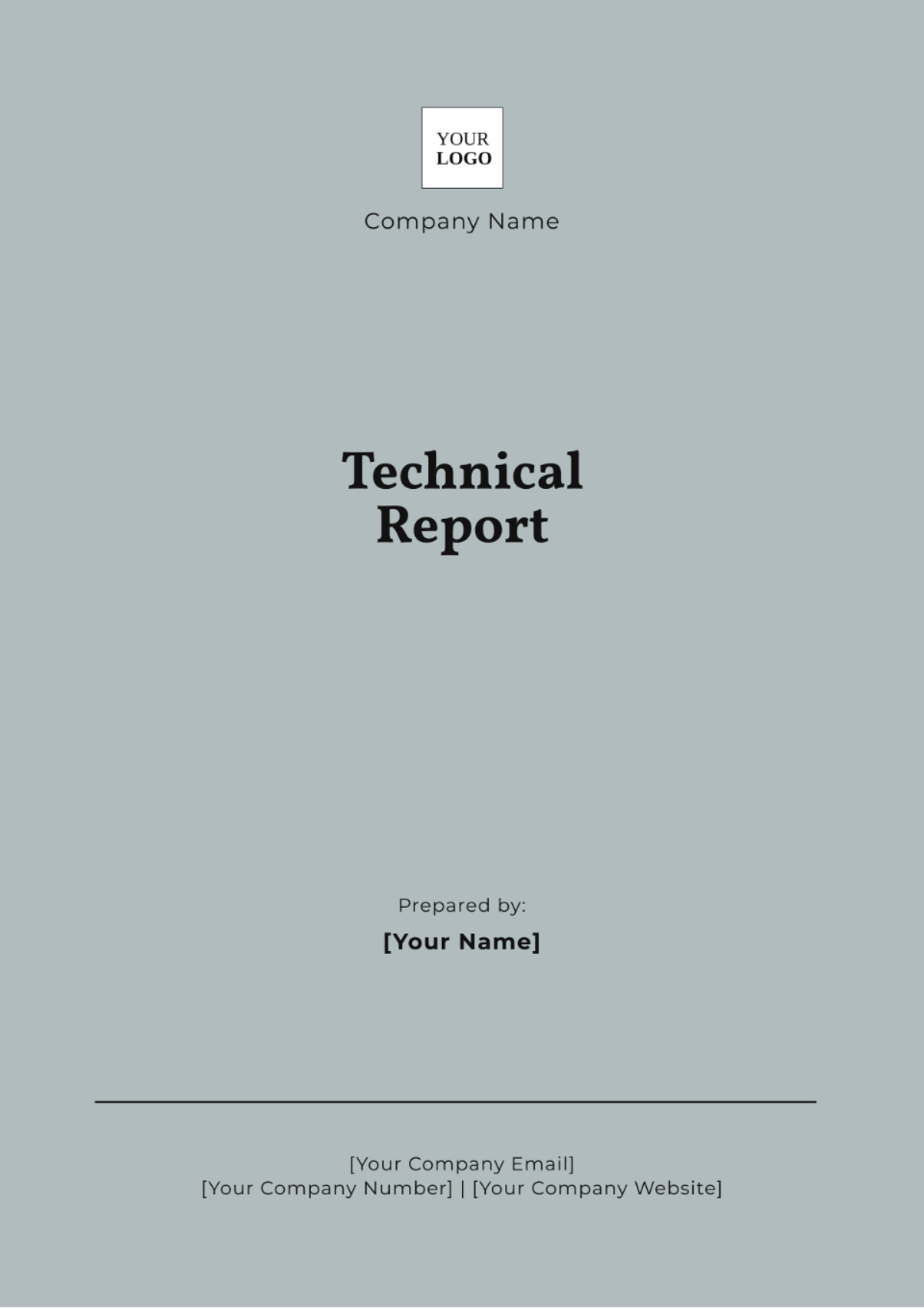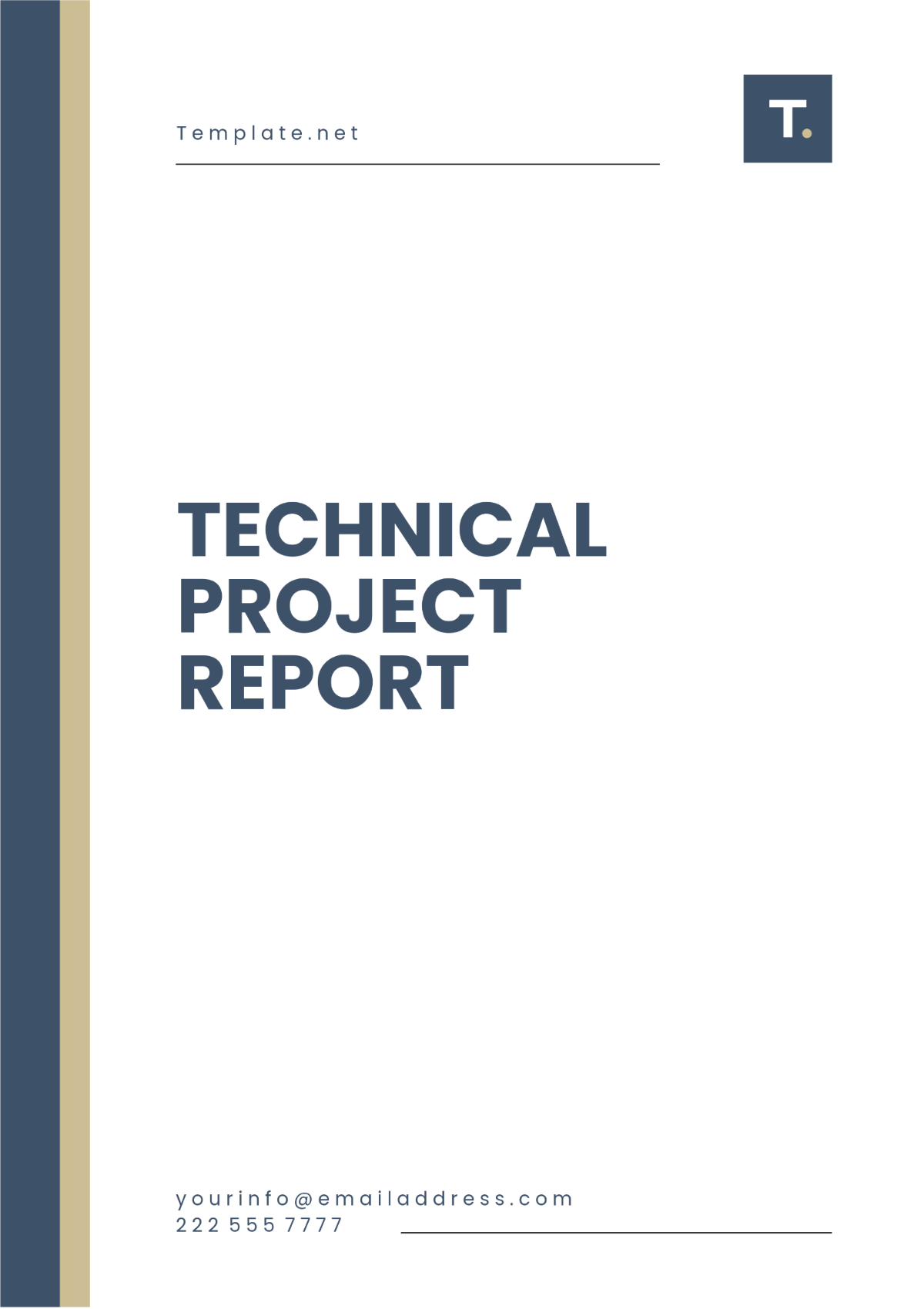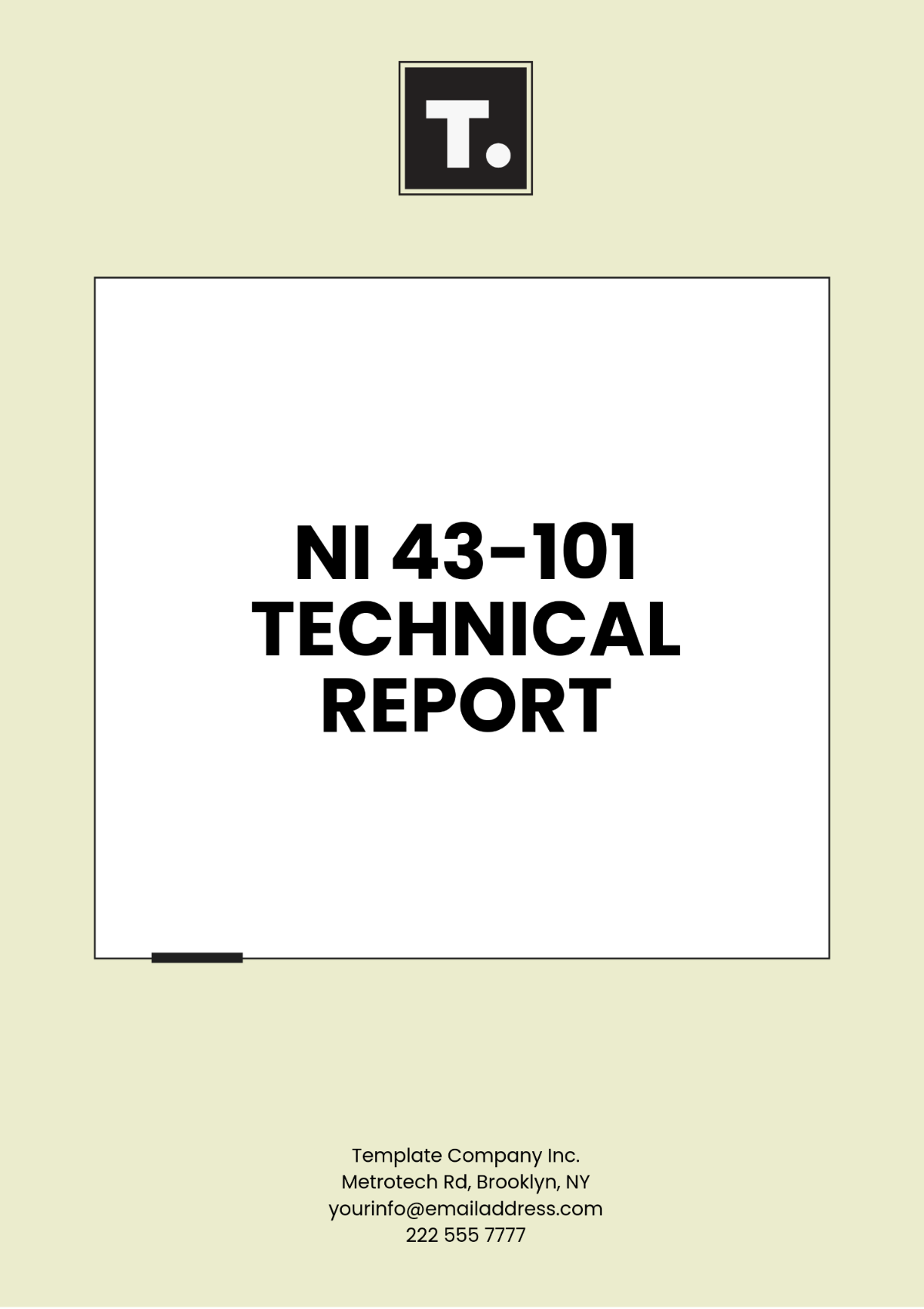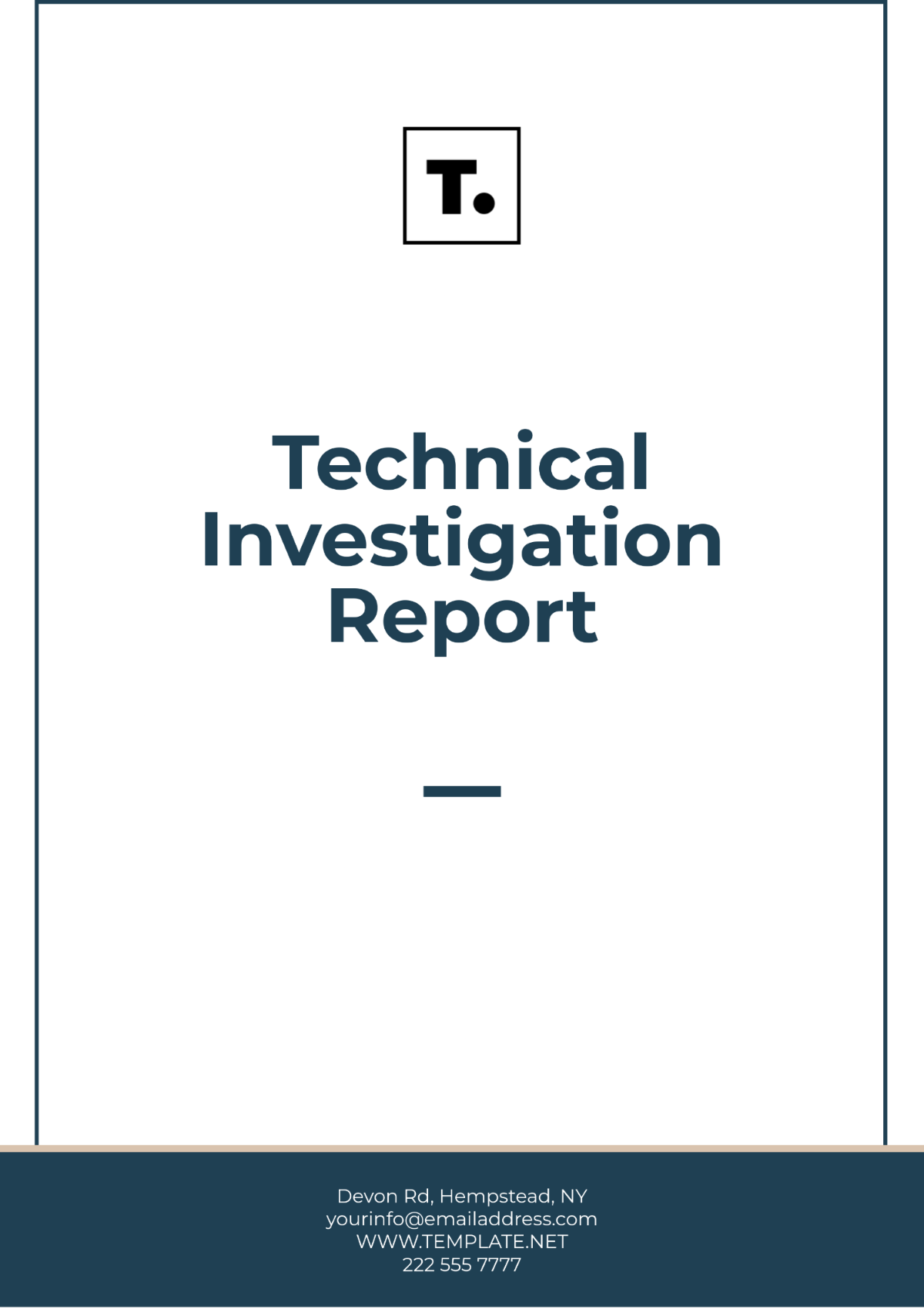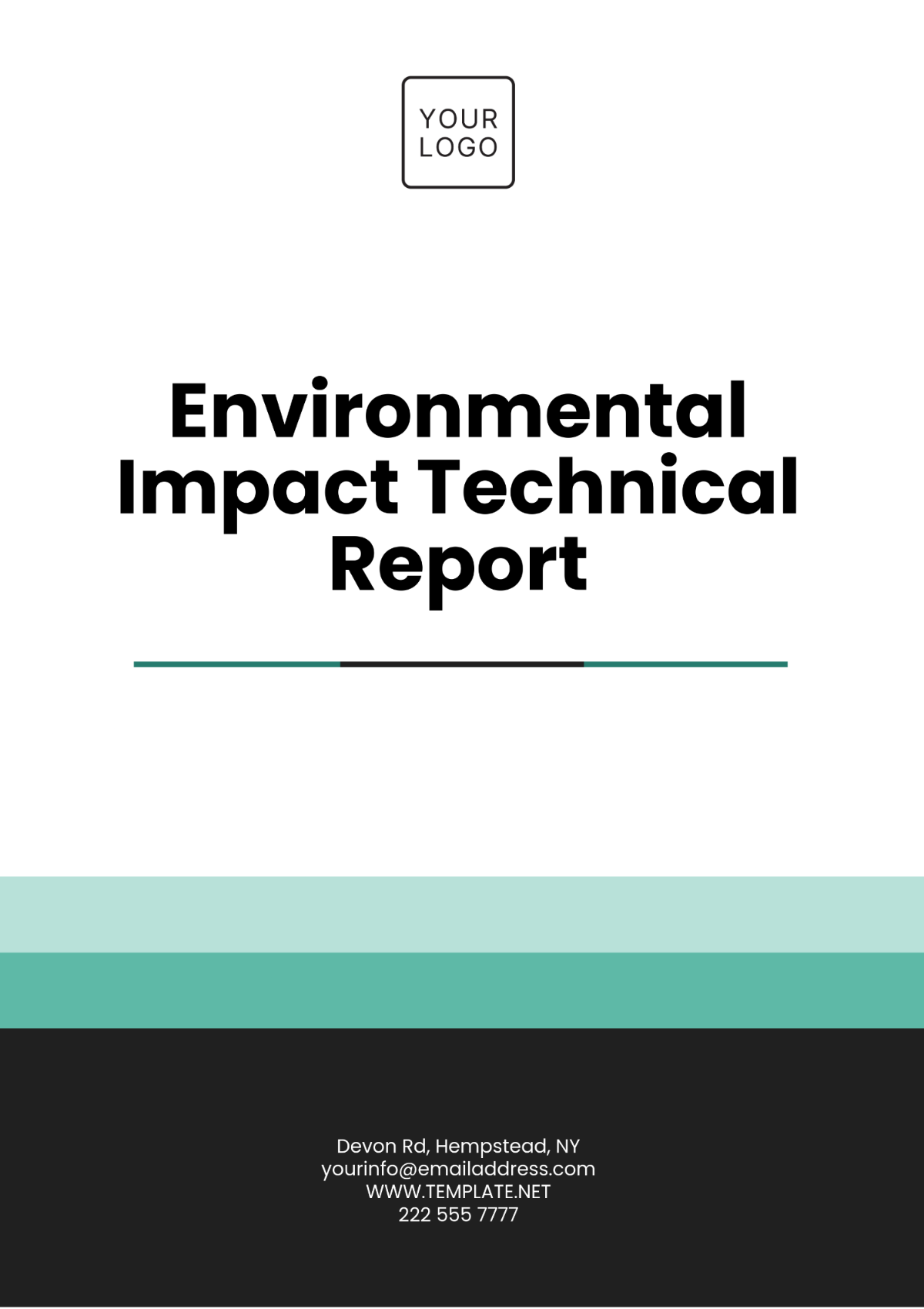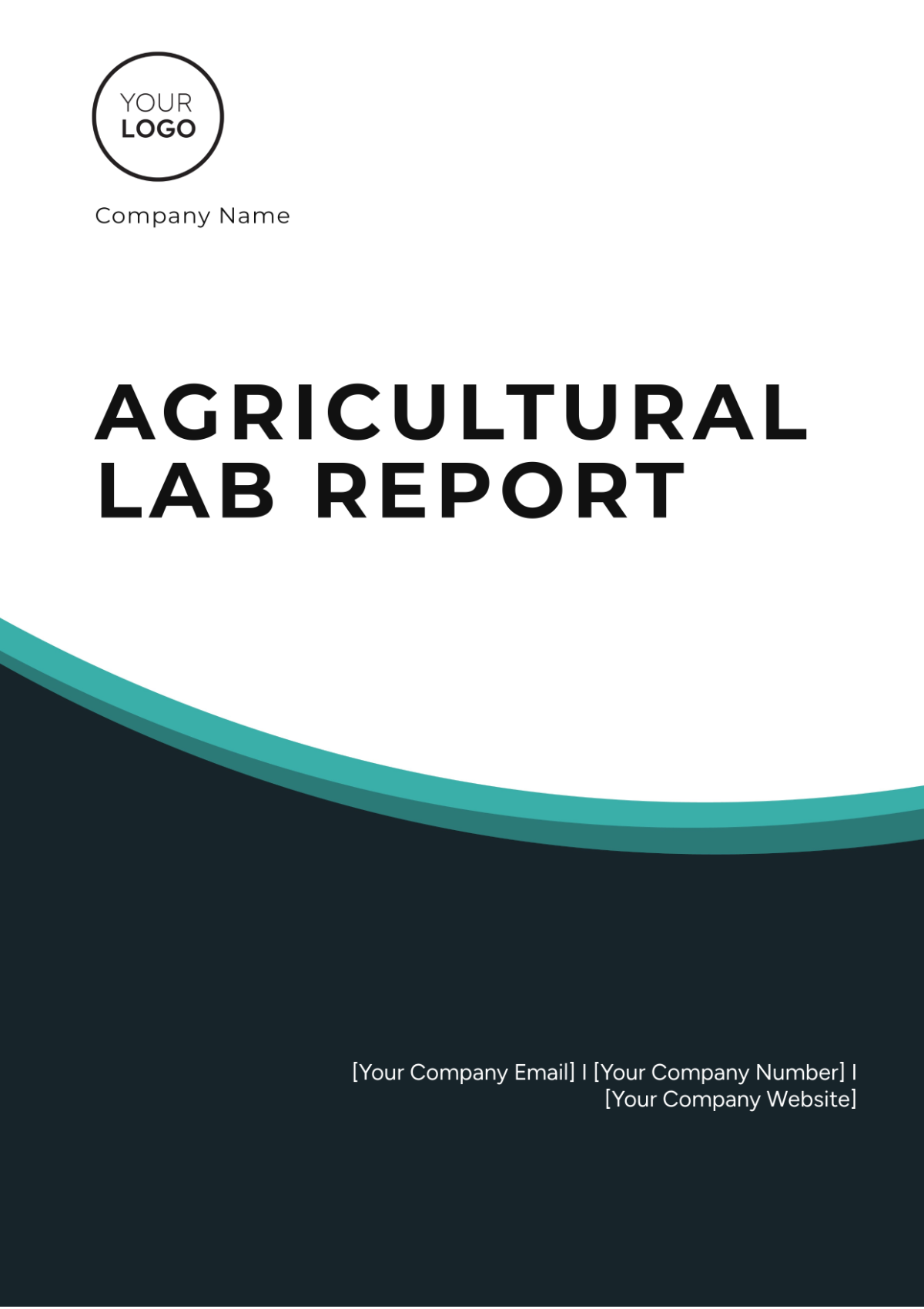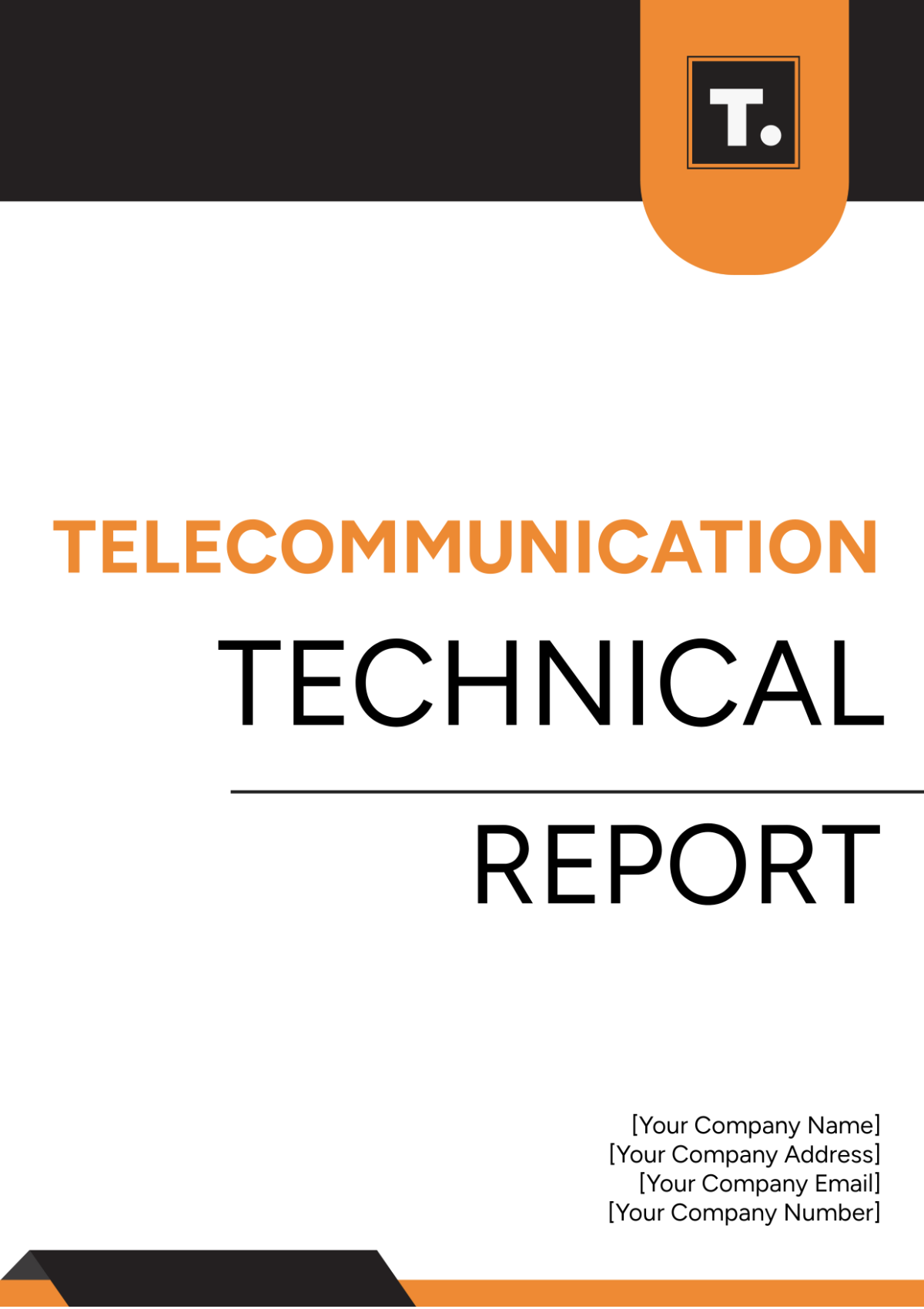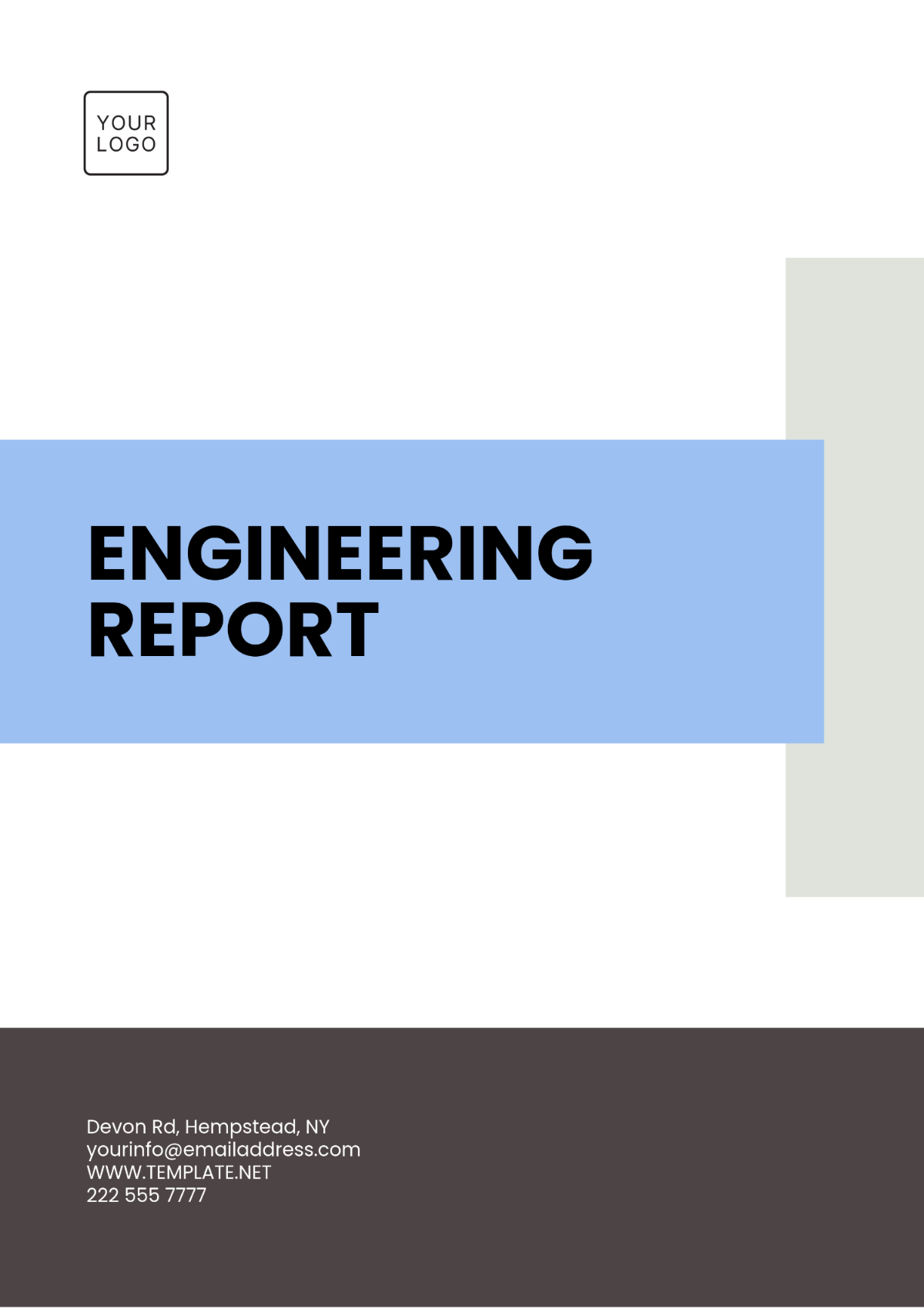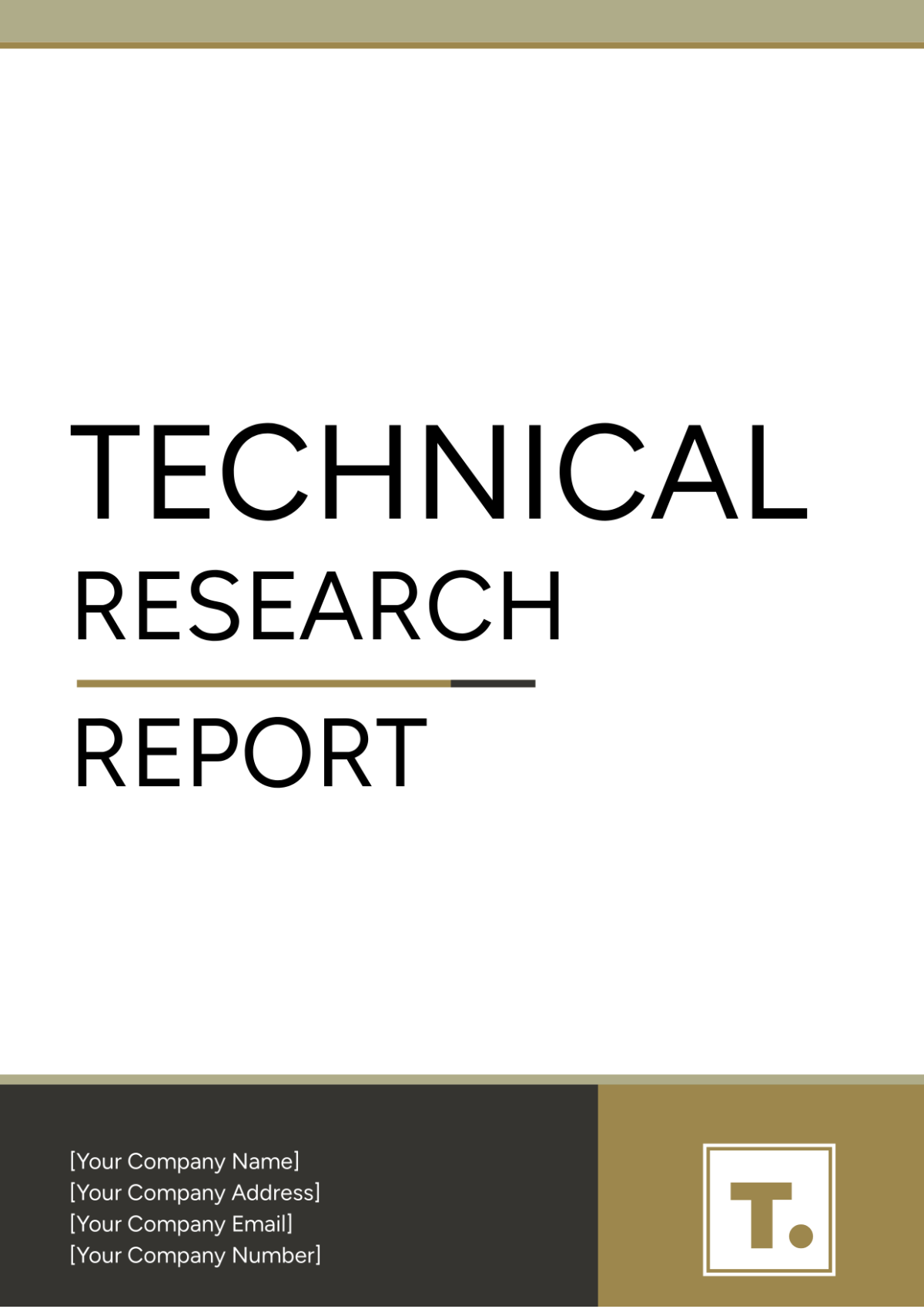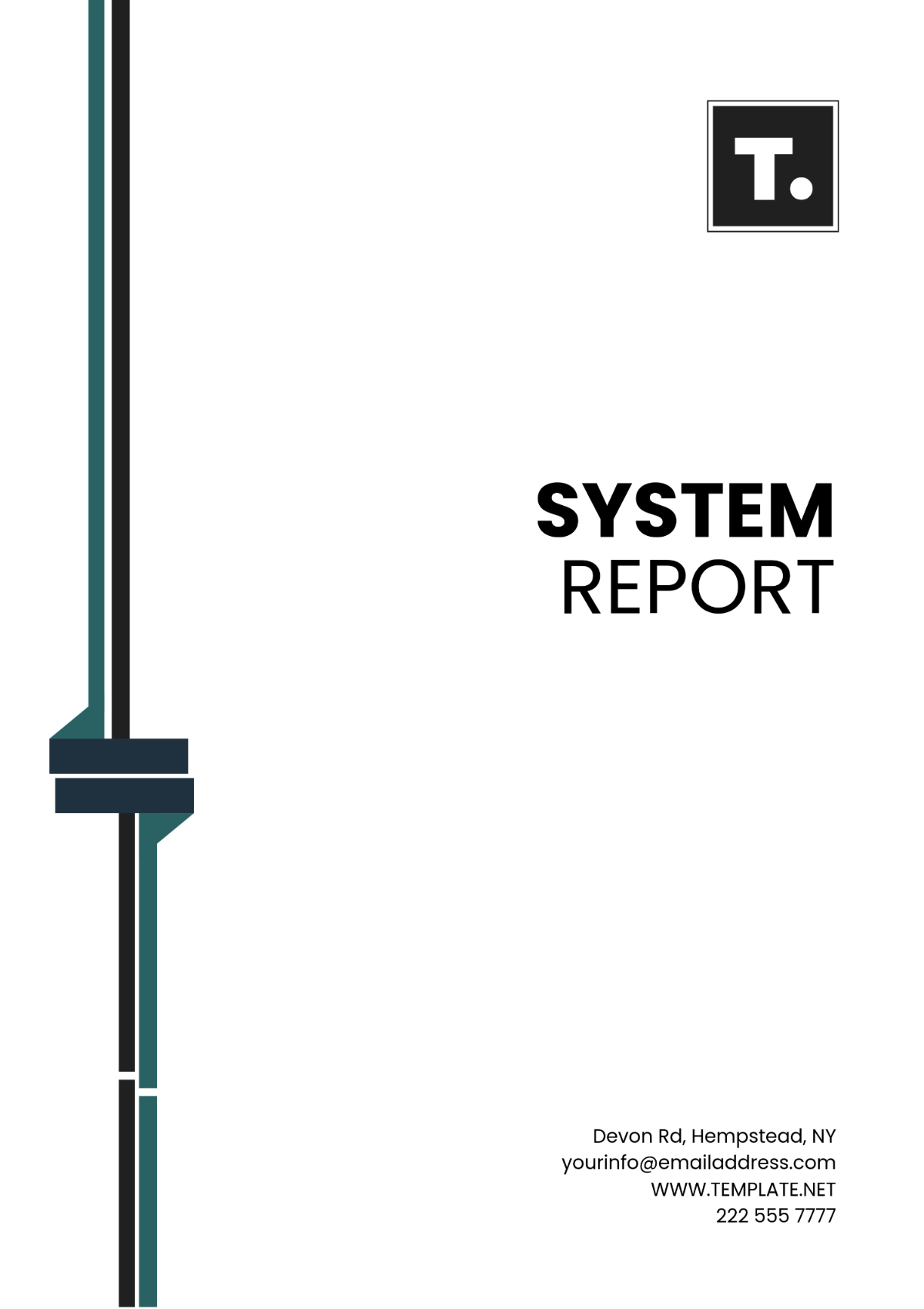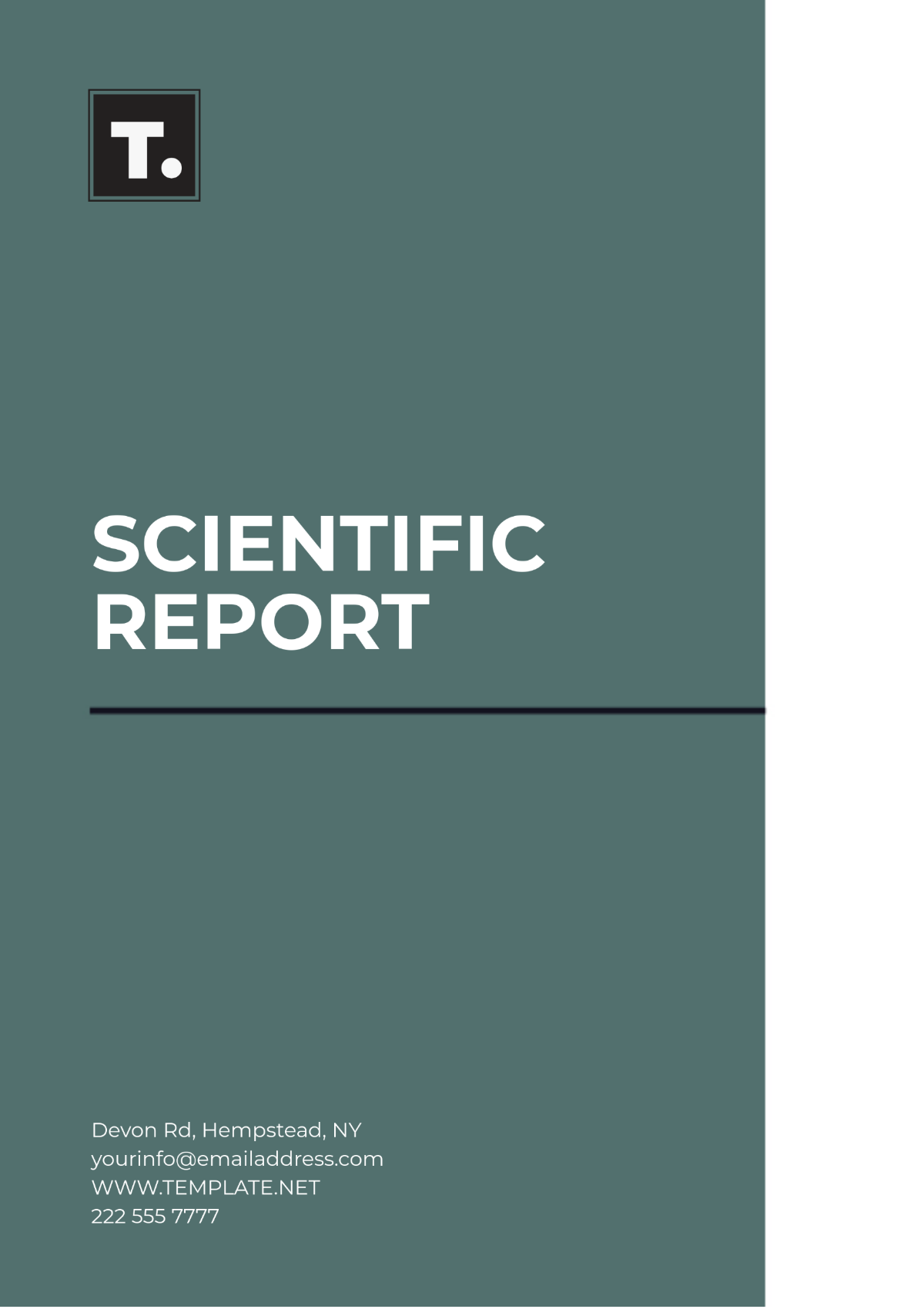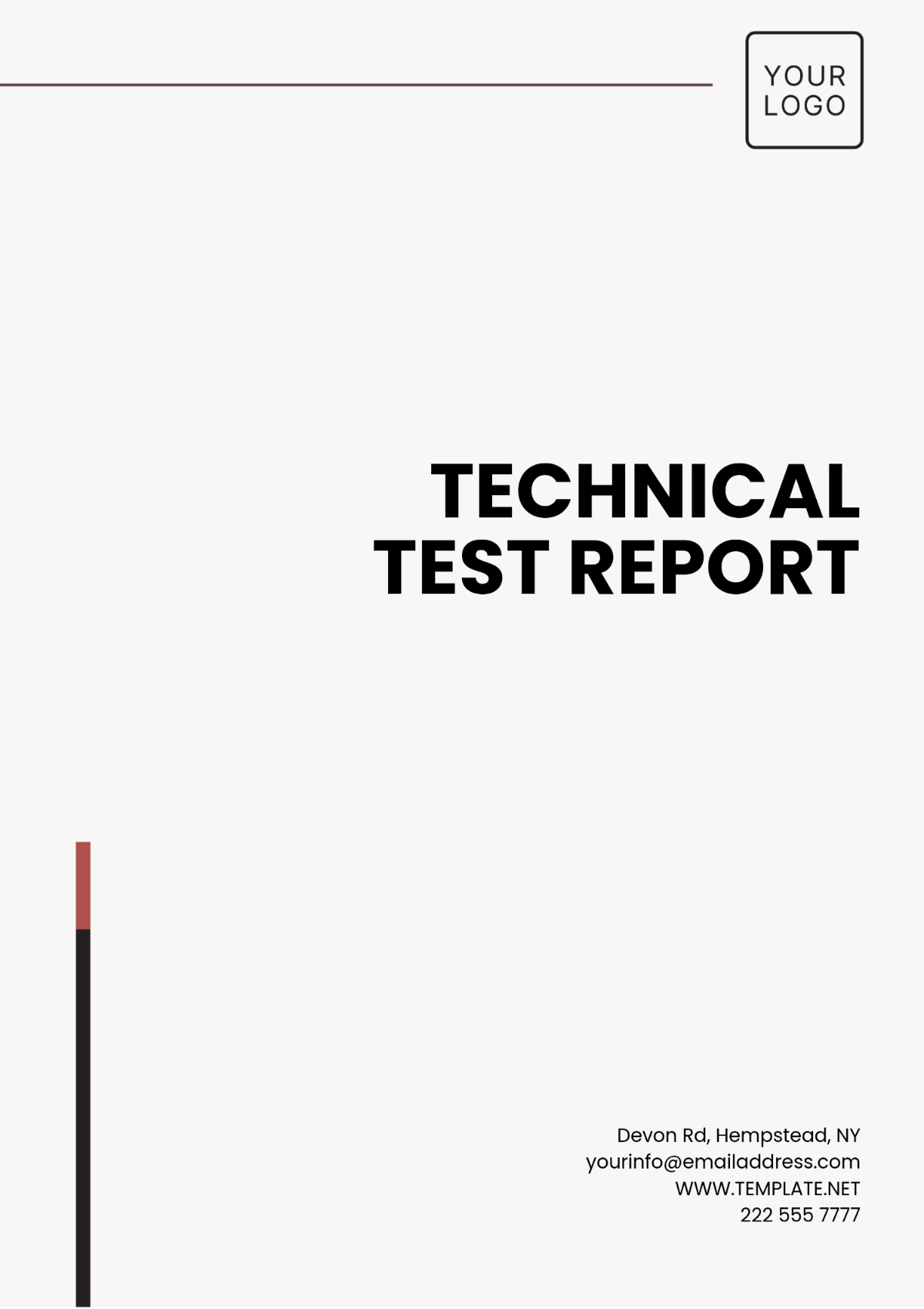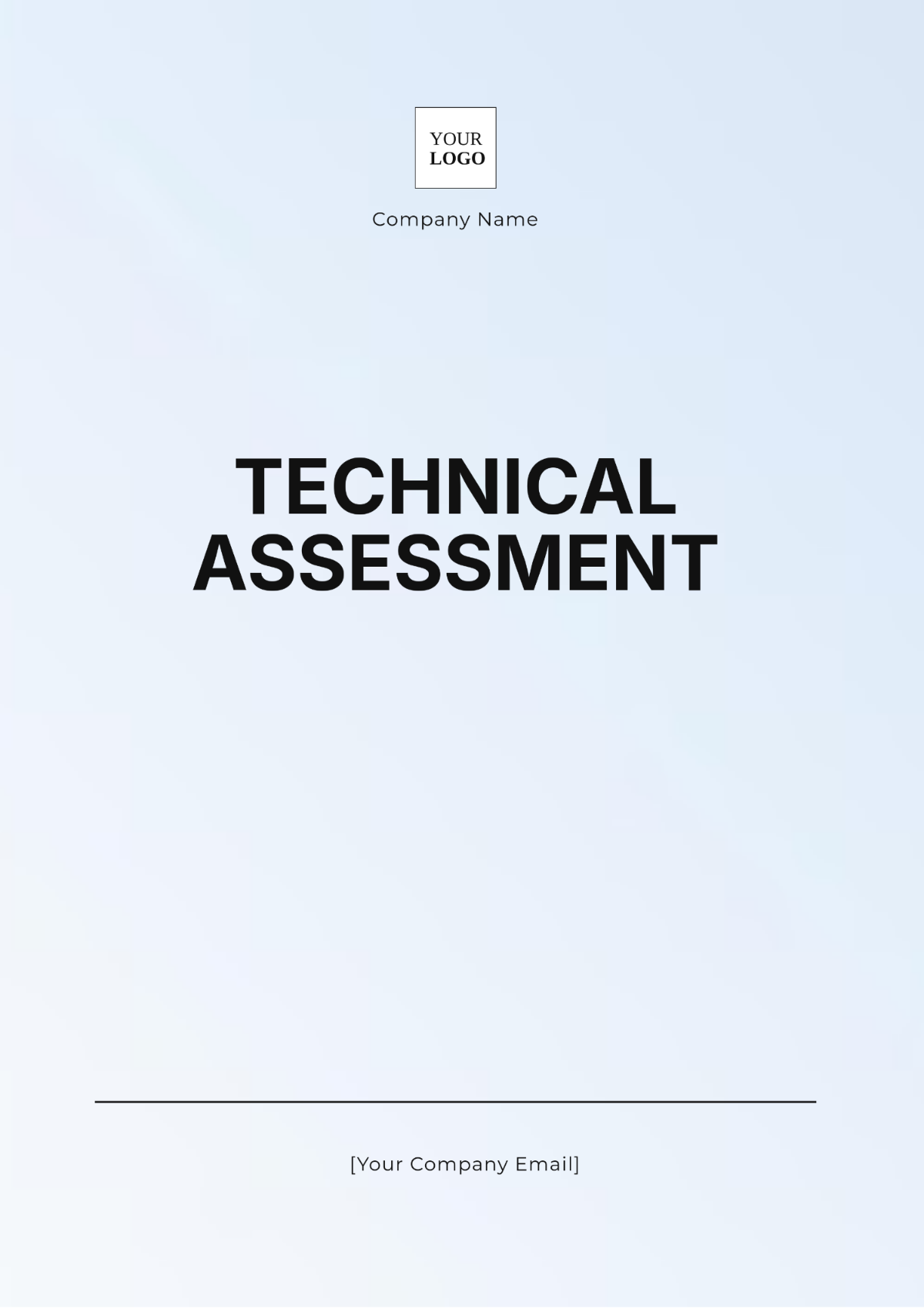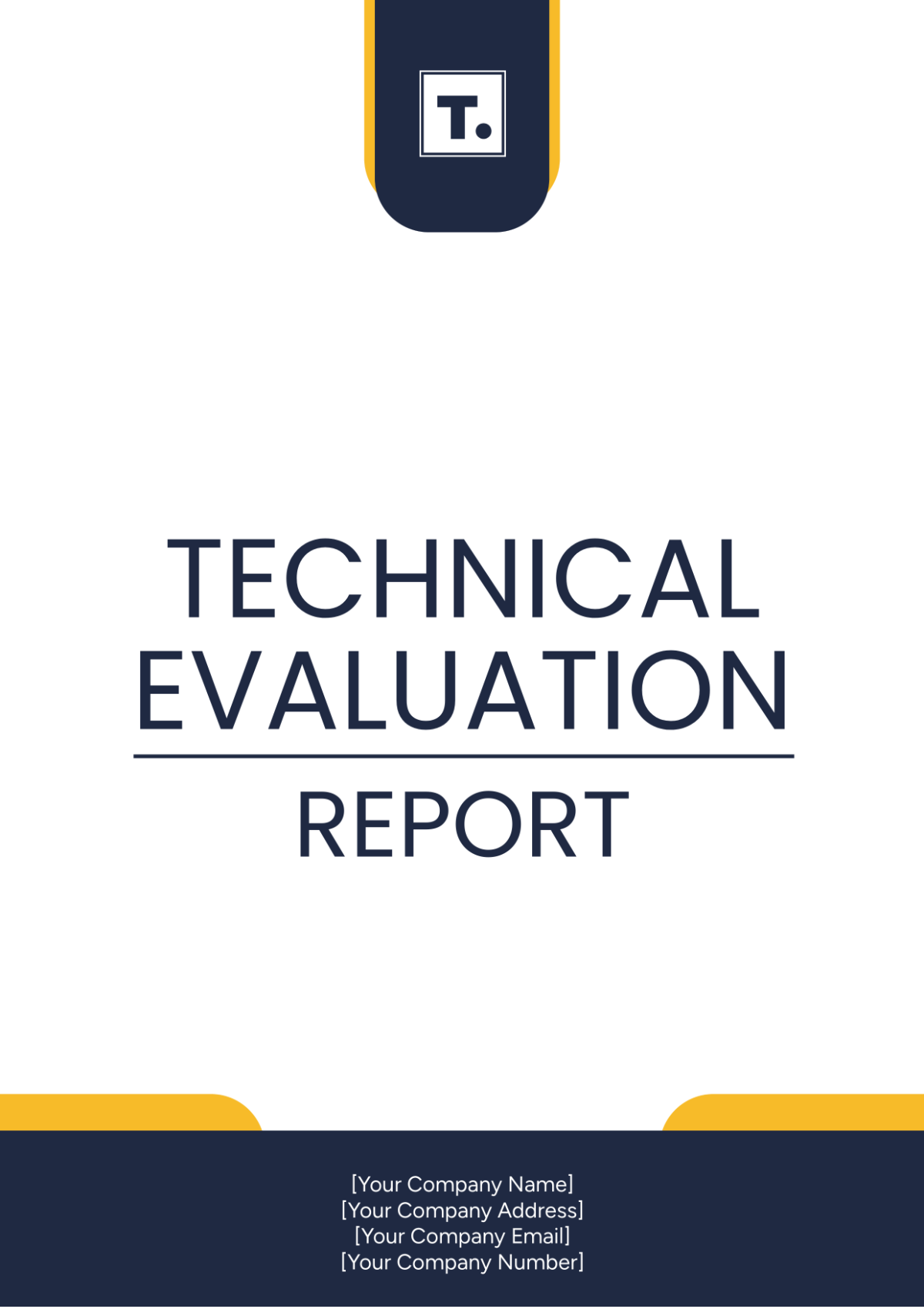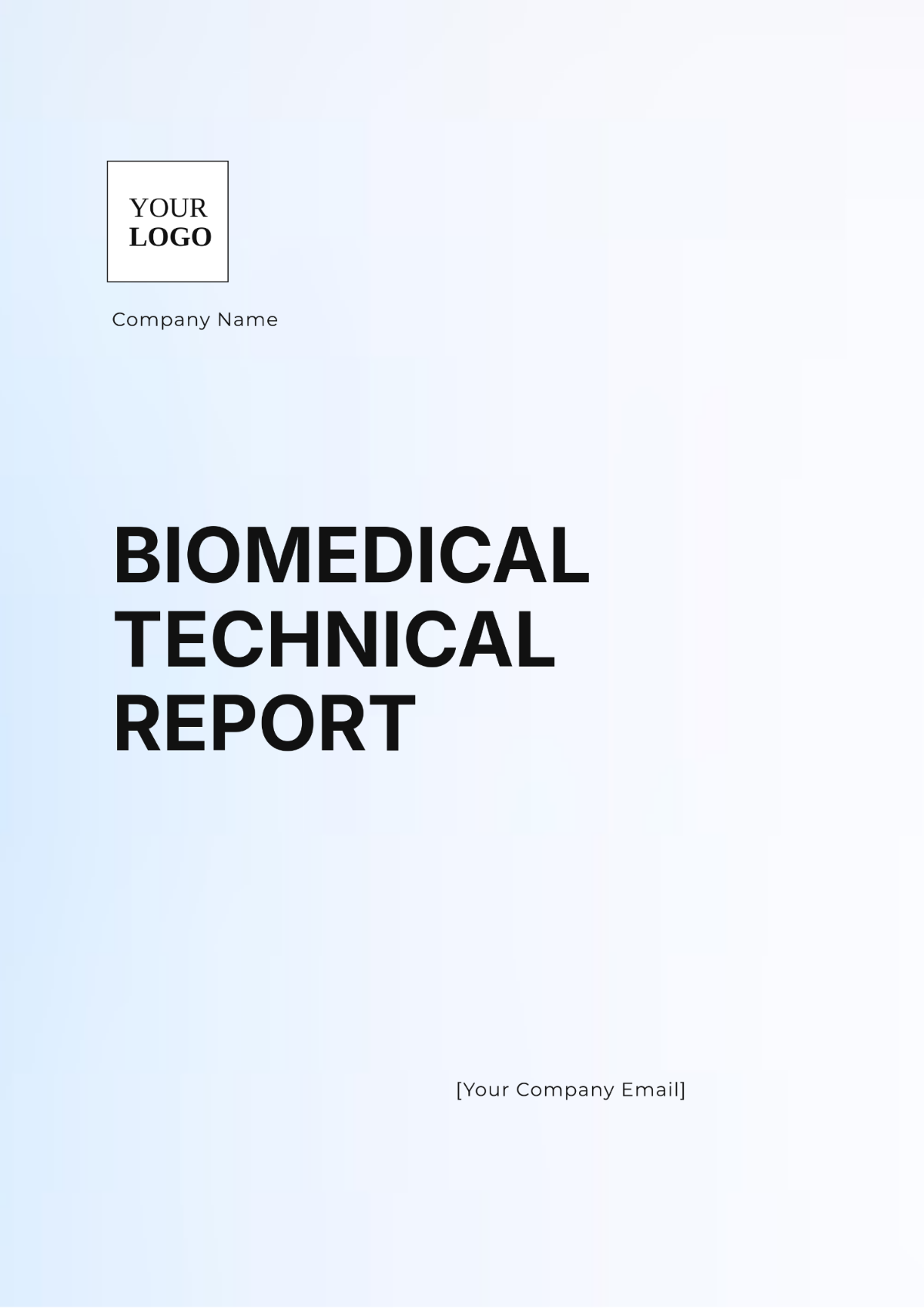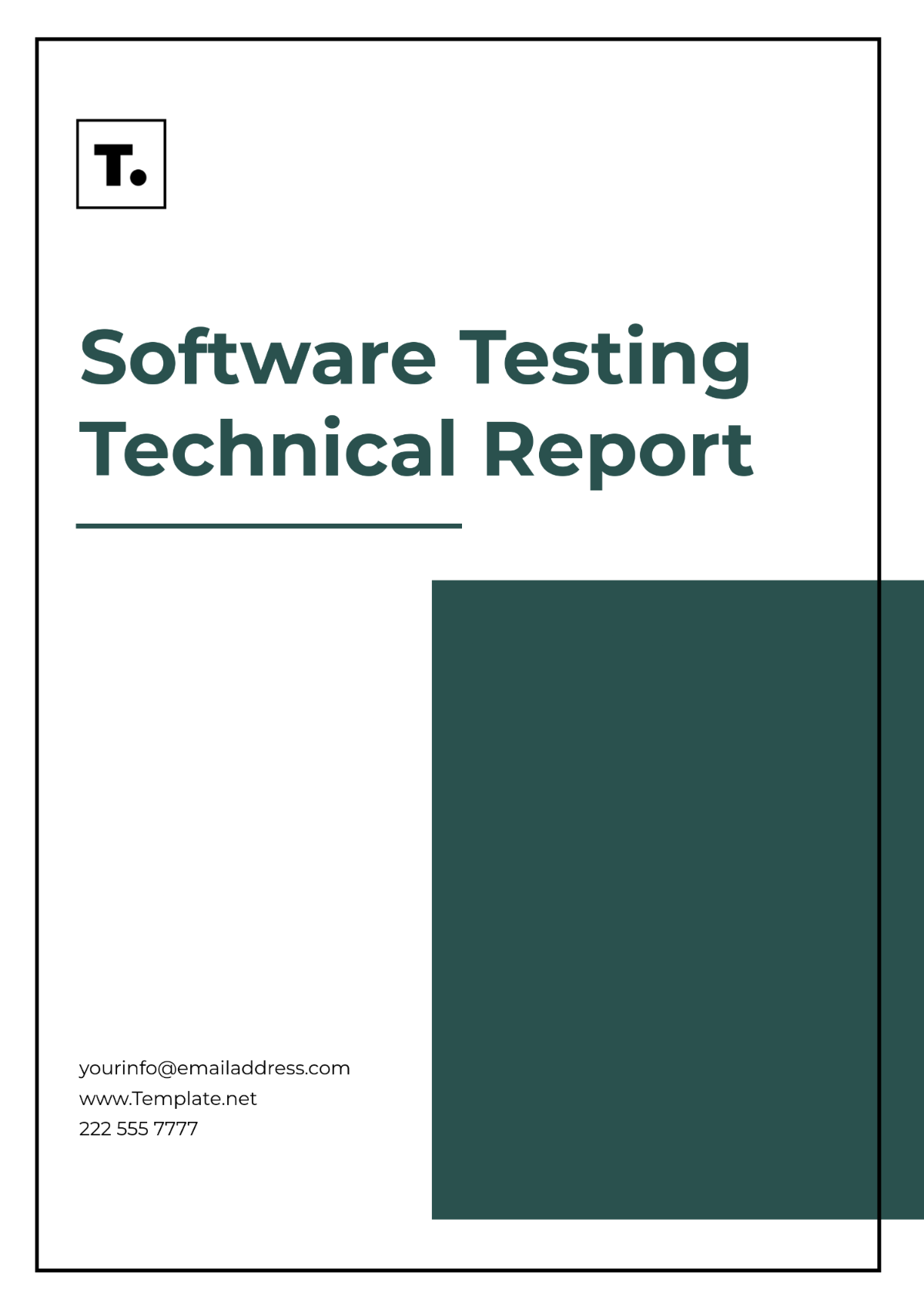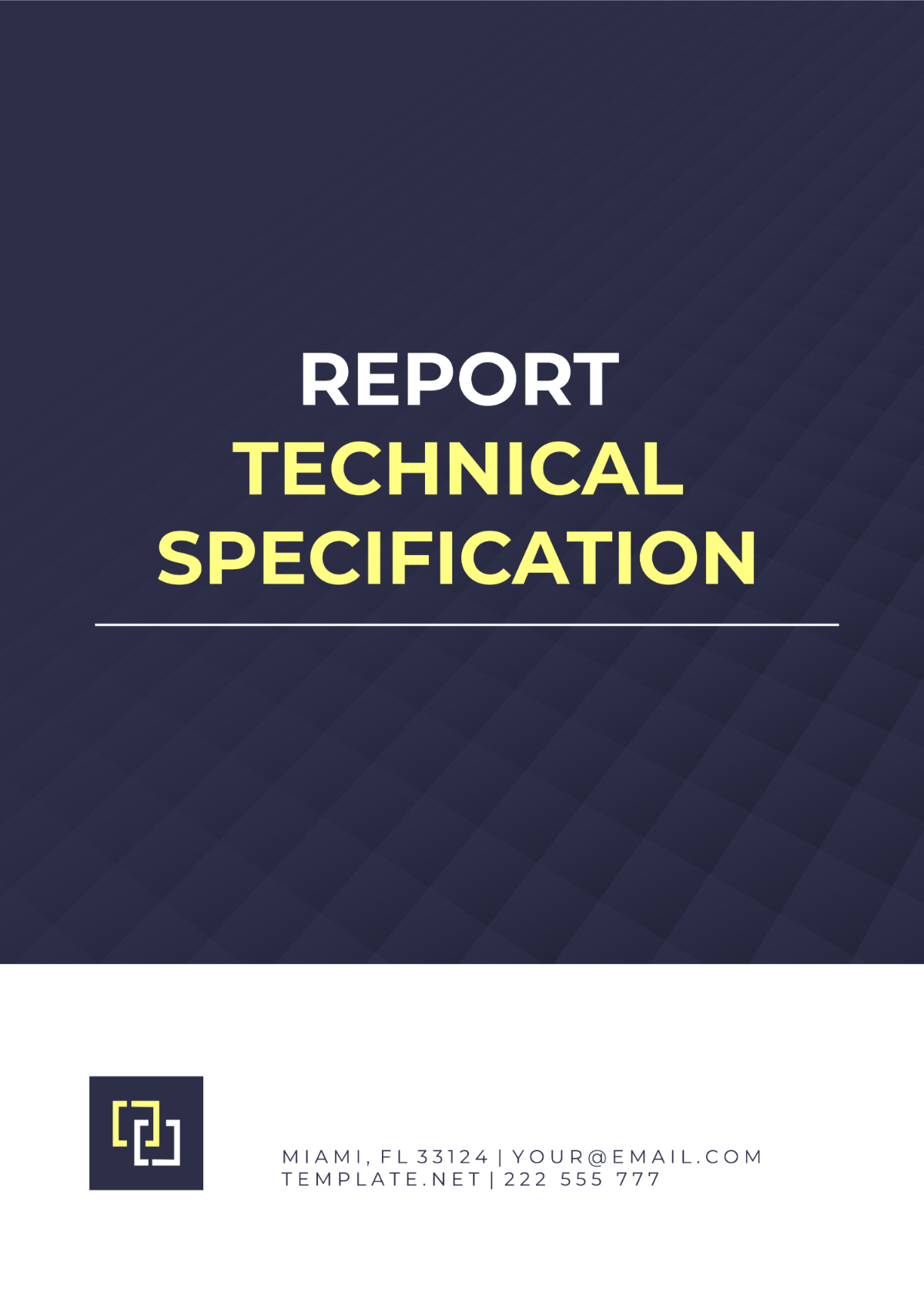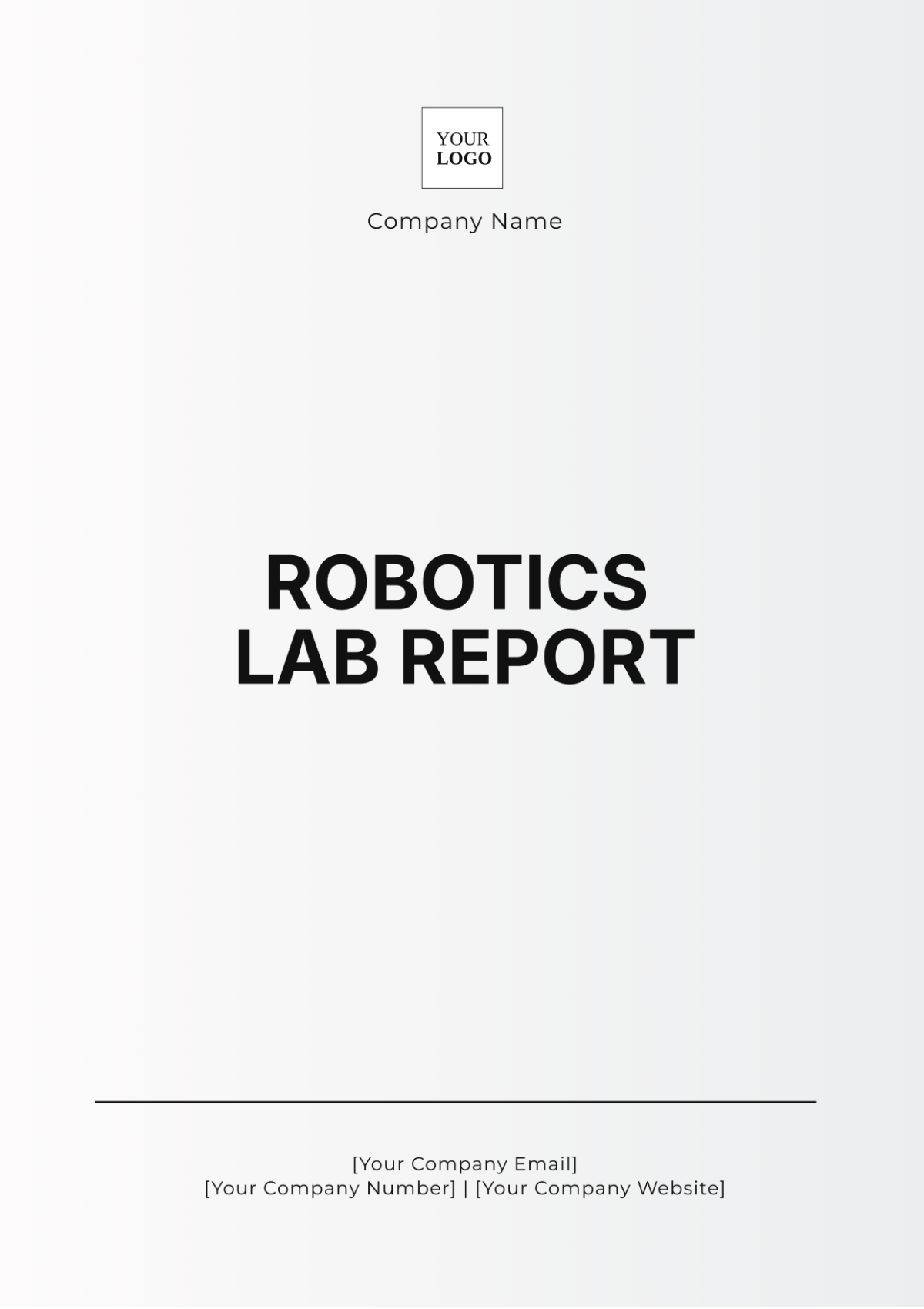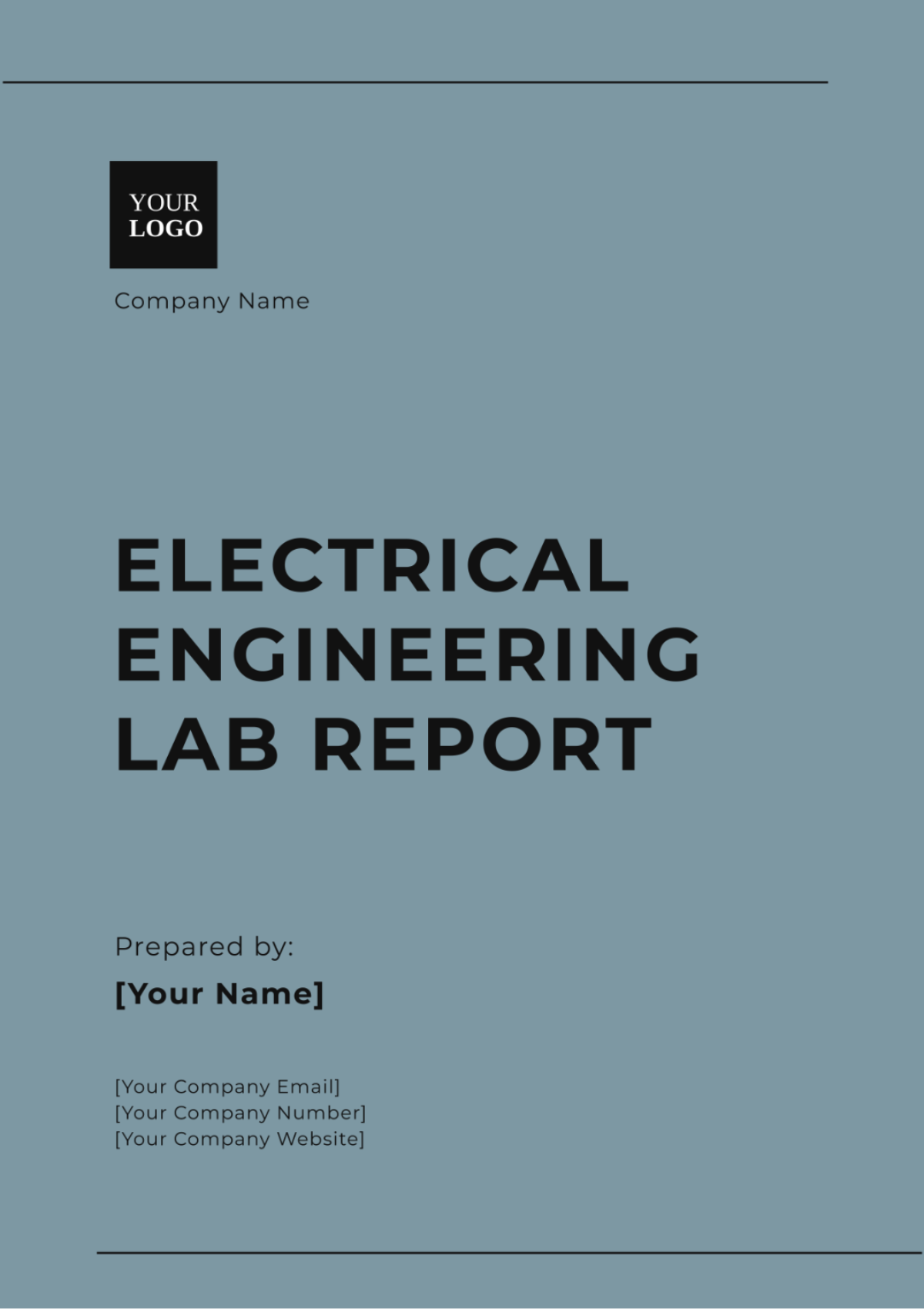Biomedical Technical Report
Title: Development of a Novel Bio-Sensor for Early Detection of Cardiovascular Diseases
Author: [YOUR NAME], [YOUR COMPANY NAME]
Date: March 15, 2055
Abstract
This technical report presents the development and testing of a novel bio-sensor designed for the early detection of cardiovascular diseases (CVDs). The report provides an overview of the sensor's design, functionality, and performance analysis, highlighting its potential to improve early diagnostics and patient outcomes. The bio-sensor incorporates advanced nanotechnology to monitor key biomarkers such as troponin and C-reactive protein (CRP) levels. The performance testing, conducted in clinical settings, demonstrated high sensitivity and specificity, making it a reliable tool for CVD risk assessment. The findings suggest that the sensor could revolutionize preventive healthcare by facilitating timely interventions.
1. Introduction
Cardiovascular diseases are the leading cause of death globally, with over 18 million deaths annually. Early detection and intervention can significantly reduce mortality rates. This report focuses on a novel bio-sensor aimed at detecting early signs of CVD by monitoring key biomarkers. The sensor’s portable nature and non-invasive diagnostic capability make it suitable for both clinical and home use. Its development represents a step forward in personalized and preventive healthcare, allowing for earlier intervention and better management of high-risk individuals.
2. Background
Advances in nanotechnology and biotechnology have opened new possibilities for healthcare diagnostics. Traditional methods of CVD detection rely on invasive procedures, which are often costly and inaccessible. There is an increasing demand for non-invasive, real-time, and accurate diagnostic tools. Our bio-sensor utilizes a combination of electrochemical detection and nano-biosensors to measure critical biomarkers in real-time. By integrating with mobile platforms, it provides instantaneous feedback to healthcare professionals.
3. Materials and Methods
3.1 Sensor Design
The bio-sensor is designed with a dual-layered nanostructure that includes carbon nanotubes (CNTs) and gold nanoparticles (AuNPs). This structure enhances the sensor's conductivity and sensitivity. A microfluidic chamber is used to collect samples, while the sensor surface is functionalized with antibodies specific to cardiovascular biomarkers.
3.2 Biomarker Selection
The primary biomarkers selected for this study are troponin I (indicative of myocardial infarction) and C-reactive protein (CRP), which signals systemic inflammation. These biomarkers were chosen due to their well-established association with CVD and their detectability in blood at early stages.
3.3 Prototype Development
A prototype of the bio-sensor was developed and tested in controlled laboratory settings. It was integrated with a digital platform for data collection and analysis. The prototype was optimized to ensure durability, accuracy, and user-friendly operation.
4. Results
4.1 Sensitivity and Specificity
Initial testing of the bio-sensor showed a sensitivity rate of 92% and a specificity rate of 95% for detecting elevated levels of troponin I and CRP. These results indicate that the bio-sensor can reliably differentiate between healthy individuals and those at risk of CVD.
4.2 Clinical Trial Results
The sensor was tested in a clinical trial involving 500 participants, aged 40-70, with various levels of CVD risk. The results confirmed the bio-sensor's high performance, with early detection capabilities outperforming conventional diagnostic methods.
5. Discussion
5.1 Advantages
The bio-sensor offers several advantages over traditional diagnostic methods. It is non-invasive, easy to use, and provides real-time results. Its portable design allows for continuous monitoring, which is particularly useful for patients at high risk of sudden cardiac events. Additionally, its integration with mobile health platforms enables remote diagnostics and telemedicine applications.
5.2 Limitations
While the bio-sensor demonstrated high accuracy, its performance is currently limited to detecting only two biomarkers. Expanding the range of detectable biomarkers could enhance its utility in diagnosing a broader spectrum of cardiovascular conditions. Further studies are also required to validate its effectiveness in diverse populations.
6. Conclusion
This report highlights the successful development of a novel bio-sensor for early detection of cardiovascular diseases. The sensor's high sensitivity, specificity, and ease of use make it a promising tool for improving early diagnosis and preventive care. Future improvements may focus on expanding its biomarker range and refining its integration with telemedicine systems. The clinical trials conducted demonstrate its potential to be widely adopted in healthcare settings by 2056.
7. References
Smith, J., et al. (2055). "Nanotechnology in Cardiovascular Diagnostics." Journal of Biomedical Engineering, 78(4), 123-135.
[YOUR NAME], et al. (2055). "Development of a Dual-Biomarker Sensor for Cardiovascular Risk Assessment." Advanced Healthcare Materials, 14(3), 456-467.
Brown, P., et al. (2055). "Mobile Health Platforms and Cardiovascular Monitoring." Digital Health Review, 10(2), 89-102.
8. Appendices
Appendix A: Sensor Calibration Data
Appendix B: Clinical Trial Participant Demographics
Appendix C: Software Interface and Data Collection Platform
